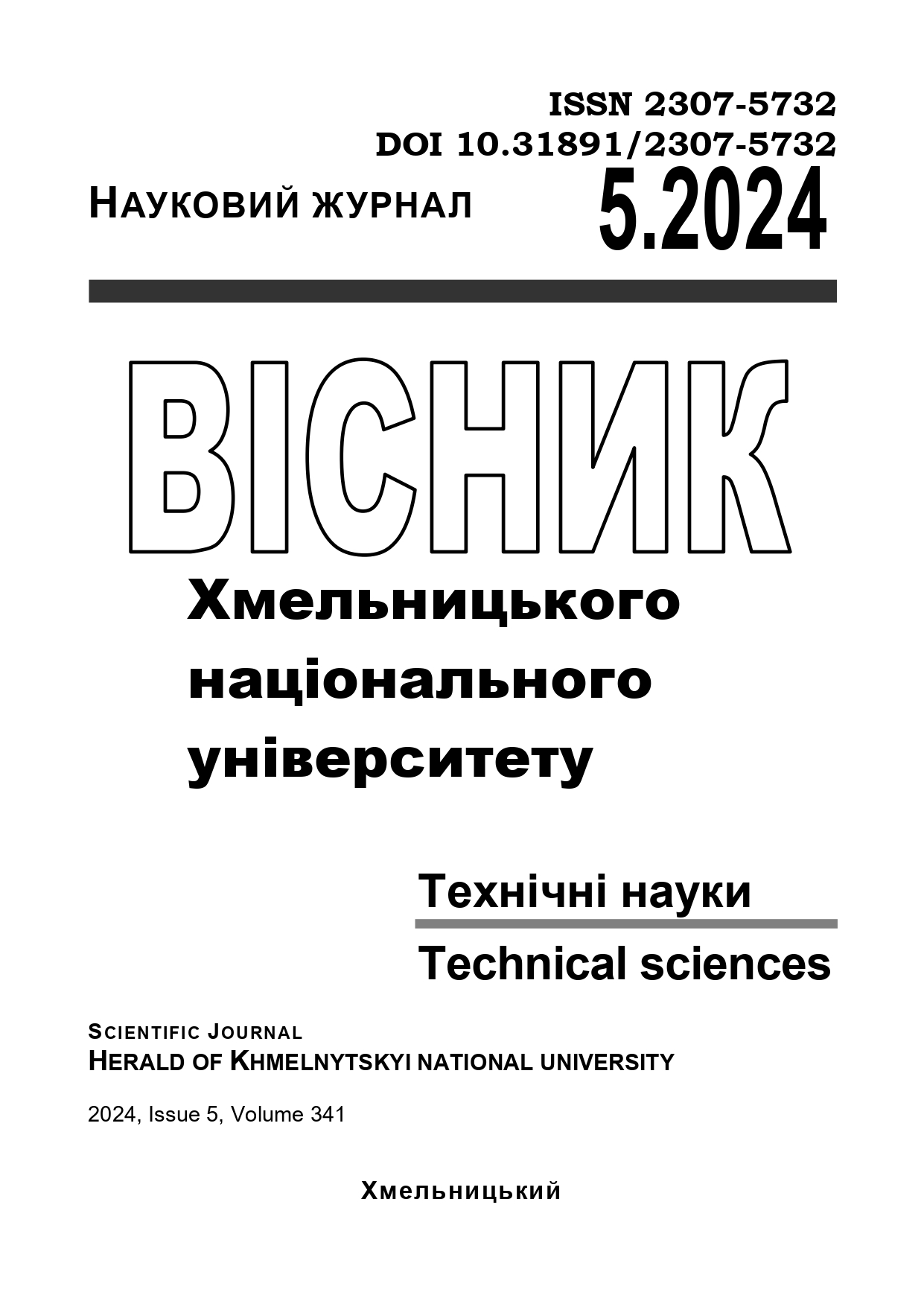CONTROL OF CRACK PROPAGATION USING NON-EXPLOSIVE DEMOLITION MIXTURES
DOI:
https://doi.org/10.31891/2307-5732-2024-341-5-37Keywords:
non-explosive demolition agent, directional splitting, static loads, crack formation, stone block extraction, drilling operationsAbstract
In conducting operations for the extraction of block products using non-explosive demolition agents, particular attention is given to the efficiency of the work and the quality of the resulting products. This study focuses on parameters of free borehole, a topic that has been seldom addressed and only marginally touched upon.
This article examines exactly how changing some parameters and the shape of a free hole will affect the process of chipping a block stone and how it can affect the nature of the chipping crack itself.
Three series of experiments were conducted where variations in free borehole parameters were systematically altered to observe their influence on the progress of the operations. Models made of alabaster were used throughout all experiments, maintaining consistent dimensions. Additionally, a split cartridge was utilized during the experiments to enhance the control over the crack propagation.
In the work, on the basis of the conducted research, results were obtained in which it is possible to observe under which parameter changes what result we will get, the maximum deviations of the crack from the planned splitting line were measured, and the results of the total deviation value on the marked sections were obtained, which can be observed in the drawings in the form of blue lines.
The study includes illustrations of the work progress, data compiled in tables, and an analysis highlighting the differences in results obtained upon completion of each experimental series.
The article demonstrates that the proposed changes to the parameters of the free borehole, as outlined in this study, significantly impact the existence and offer substantial potential for further development of this issue. The implementation of these methods also significantly reduces the amount of waste during subsequent stone processing due to more precise splitting, thereby positively impacting both environmental and economic factors. The obtained results of the experiments in the article can be used in further research and expand the topic of the article more widely.

